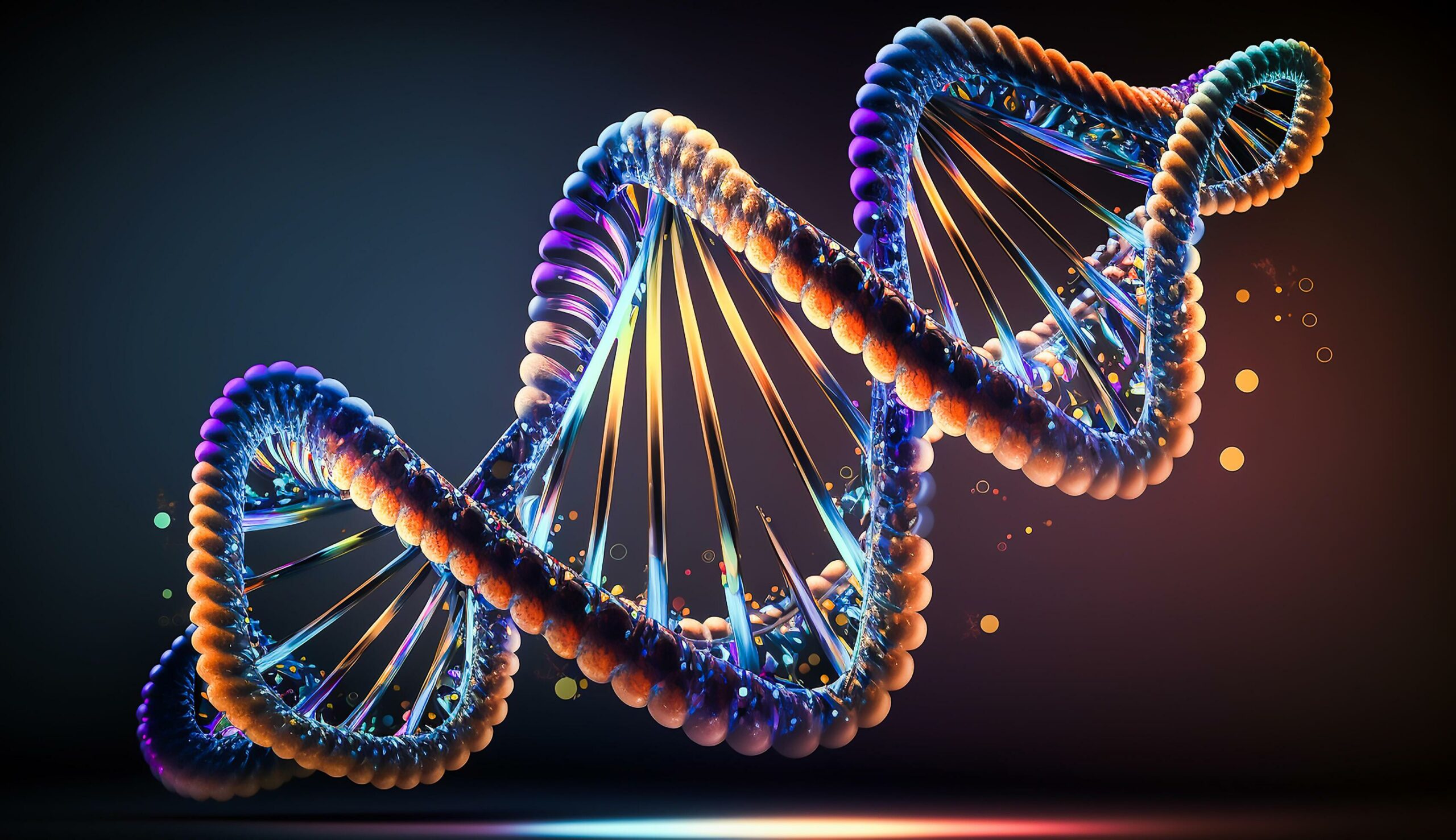DNA nanotechnology represents a groundbreaking intersection of biology, chemistry, and engineering. Utilizing the innate properties of deoxyribonucleic acid (DNA), scientists are capable of fabricating intricate three-dimensional (3D) nanostructures, a phenomenon often encapsulated in the phrase “DNA bricks.” This article delves into the synthesis, architectural prowess, and transformative potential of DNA nanostructures, illuminating their significance in diverse scientific disciplines.
The Basis of DNA as a Construction Material
At the core of DNA nanotechnology lies the structure of DNA itself, characterized by its double-helix formation comprising nucleotide bases: adenine (A), thymine (T), cytosine (C), and guanine (G). The selective pairing of these bases—A with T and C with G—facilitates not only the preservation of genetic information but also the predictable assembly of nucleotide sequences into desired configurations. The concept of DNA as a programmable material hinges on this base-pairing specificity, enabling the modular construction of nanostructures akin to traditional building blocks.
Synthesis Techniques in DNA Nanotechnology
The fabrication of DNA nanostructures employs a range of sophisticated methodologies. One prominent technique is DNA origami, which involves folding a long single-stranded DNA molecule into predefined shapes through the systematic incorporation of short “staple” strands. This method achieves exquisite control over the geometry of the resultant structure, facilitating the creation of diverse forms, including complex two-dimensional (2D) and 3D architectures.
Another significant synthesis approach is the use of DNA bricks, wherein multiple short DNA strands are utilized to form larger structures. Each strand is designed to hybridize with others through complementary base pairing, thus allowing an almost infinite variety of geometric manifestations. These bricks can self-assemble into three-dimensional lattices, reflecting not only inventive structural designs but also versatile applications.
Architectural Complexity from Simplicity
One of the most striking features of DNA nanostructures is the emergence of complexity from relative simplicity. The entropic principles guiding the self-assembly of DNA bricks allow for the creation of elaborate features such as scaffolds, cages, and even functional devices. By varying the lengths and sequences of the constituent DNA strands, researchers can manipulate the final architecture, resulting in structures with tailored functionalities.
This orchestrated complexity has been epitomized in the construction of DNA-based scaffolds, which can serve as platforms for positioning biomolecules with high spatial precision. Moreover, DNA origami techniques have led to the development of hollow structures capable of encapsulating proteins or therapeutic agents, marking a significant advancement in the delivery systems for drug administration.
Applications in Medicine
The implications of DNA nanostructures extend into the realms of medicine, where their high specificity and biocompatibility present opportunities for novel diagnostic and therapeutic strategies. For instance, DNA nanocarriers have emerged as sophisticated vehicles for targeted drug delivery. By engineering DNA structures to release cargo in response to specific biological signals, researchers can enhance the efficacy of treatment protocols while minimizing side effects.
Furthermore, the ability to construct DNA-based biosensors through tailored nanoscale architectures enables the detection of biomolecules at extraordinarily low concentrations. These biosensors can facilitate early diagnosis of diseases such as cancer and infectious diseases, thereby paving the way for improved patient outcomes.
Environmental and Material Sciences
In addition to biomedical applications, the versatility of DNA nanotechnology finds resonance in environmental and material sciences. Researchers are exploring the use of DNA scaffolds for environmental remediation—engineered structures that can capture pollutants or catalyze chemical reactions in situ. Additionally, the potential for predictable self-assembly makes DNA an intriguing candidate for the construction of advanced materials with bespoke properties.
Applications may also extend to electronic devices; DNA nanostructures have been proposed as frameworks for assembling nanoscale electronic components, which could revolutionize the field of circuitry and information technology. The integration of biological and synthetic materials may yield innovations in computational speed and data processing capabilities.
Challenges and Future Directions
Despite the myriad possibilities that DNA nanotechnology affords, several challenges persist. The reproducibility of constructed nanoscale architectures remains a critical concern. Variations in experimental conditions can lead to inconsistencies in the assembly outcomes, which necessitates refined protocols and improved understanding of the thermodynamic principles governing DNA interactions.
Moreover, scalability of DNA nanostructure fabrication poses significant hurdles to their commercialization. Future endeavors must focus on developing standardized methodologies that yield robust and scalable processes. As researchers continue to push the boundaries of what is conceivable with DNA bricks, ongoing interdisciplinary collaboration will be paramount in realizing the full potential of this promising field.
Conclusion
The exploration of DNA nanostructures epitomizes the synthesis of biology and engineering, where complexity is meticulously crafted from the simplicity inherent in nucleic acids. As the field advances, the ability to harness the multifaceted properties of DNA paves the way for innovative solutions across medicine, environmental science, and materials engineering. The promise of DNA building blocks resonates through diverse applications, fundamentally altering the landscape of technology and science.












